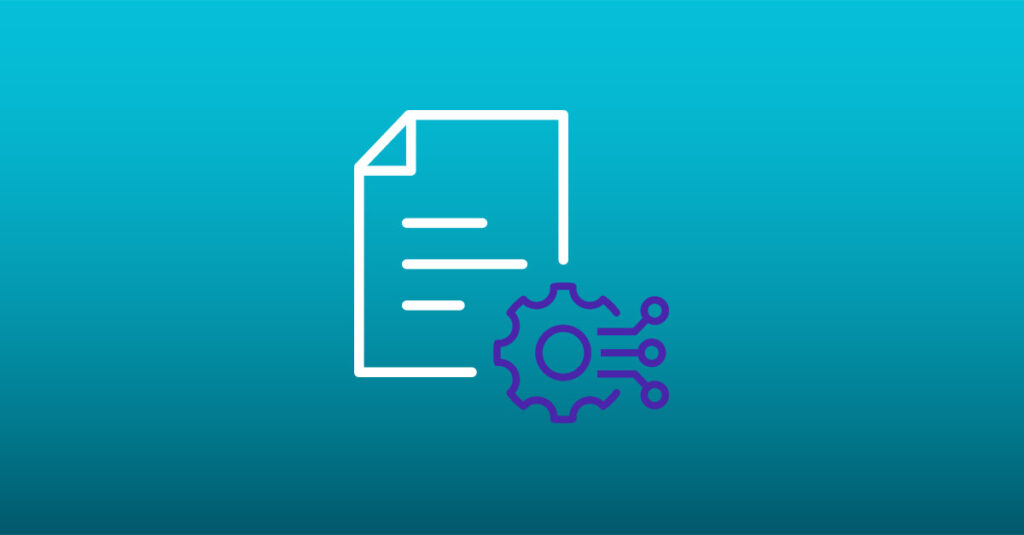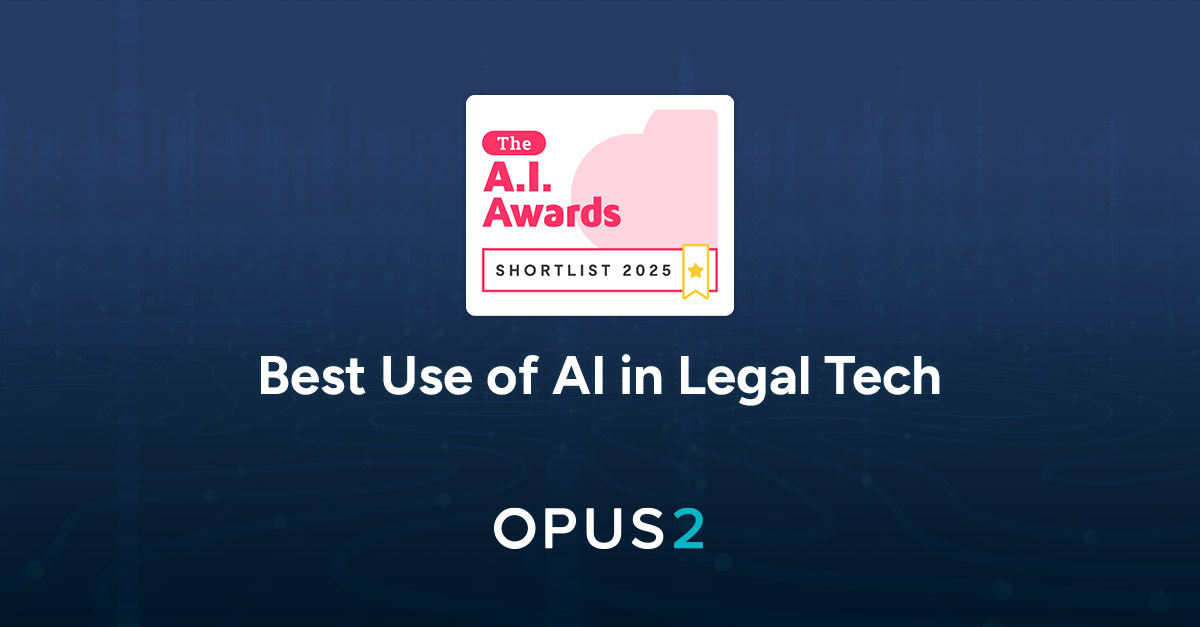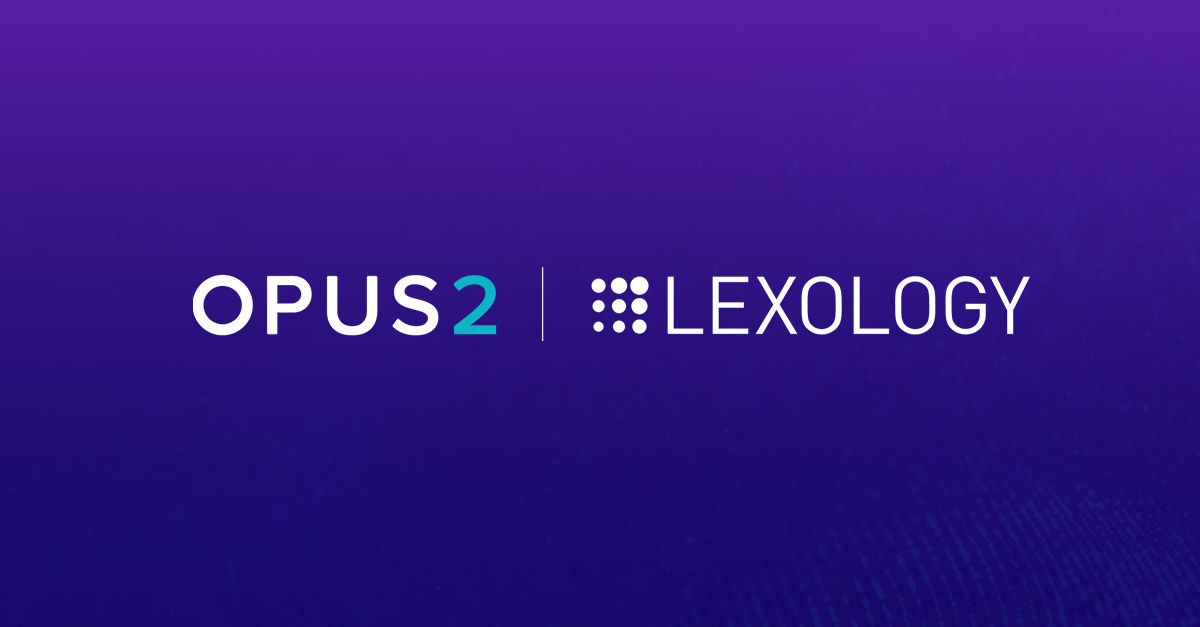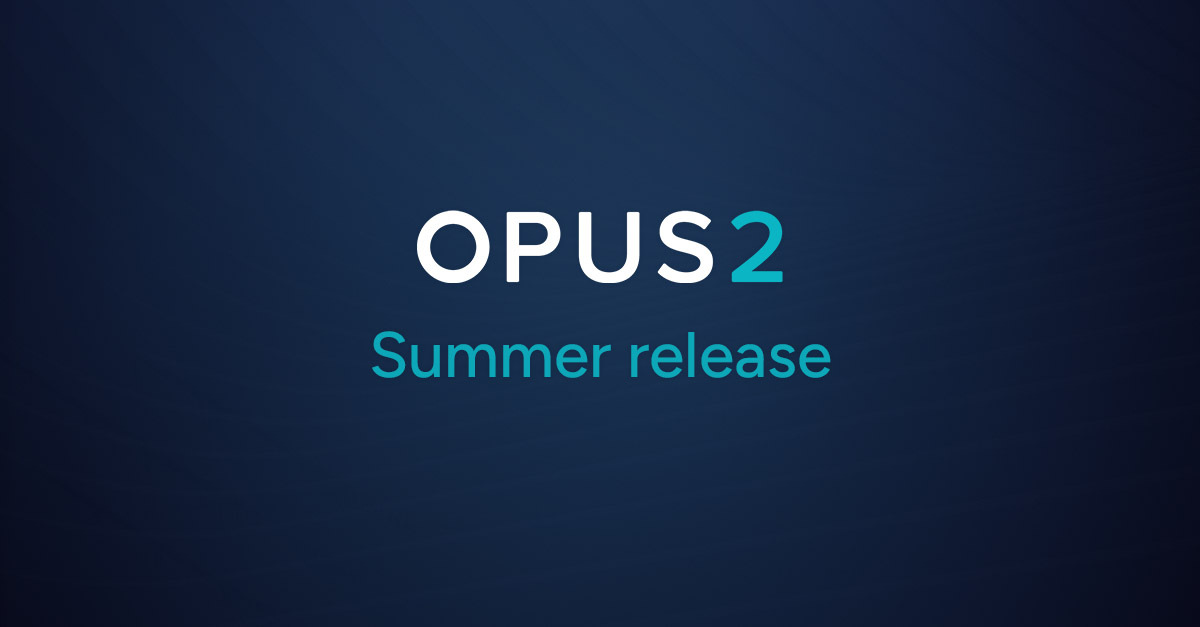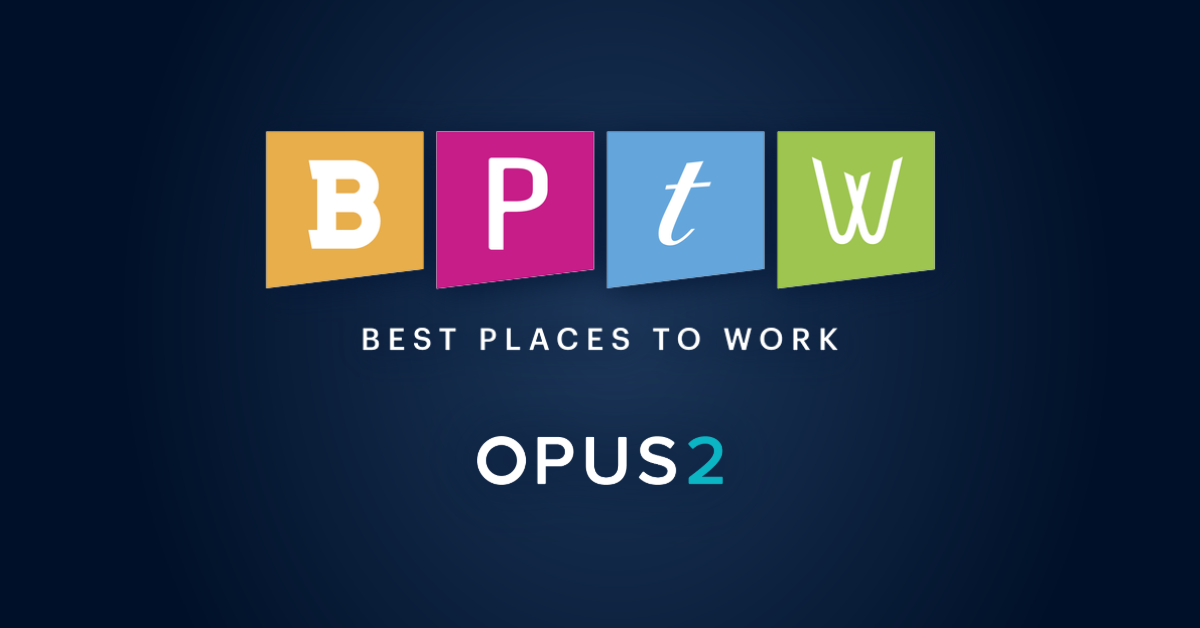For litigation teams preparing a case for trial, deposition transcripts are a treasure trove of information. Unfortunately, the most valuable facts are often buried in dense pages of back-and-forth dialogue. Even for skilled practitioners, sifting through deposition transcripts manually can take hours or days of careful, detailed work. But, with the help of AI, that’s starting to change. Leading law firms are quickly adopting AI for litigation management processes including deposition transcript management, giving their team a head start as they uncover facts and continue building their case strategy.
In a recent ACEDS webinar, ‘Transcript tactics: Best practices for deposition review in the age of AI‘, Antonio Avant the Director of Legal Technology at Troutman eMerge, and Kate Jansons Johns, the Manager of Knowledge & Practice Support Services at Nutter, joined me to explore how AI is transforming deposition transcript management.

Watch the ACEDS webinar on demand now
In this article, I’ll share insights about using AI for transcript management from the discussion including the challenges of manual review, why transcript management is a high value use case for AI, and advice from the expert panelists.
The biggest challenges in deposition transcript management
Before my career in legal tech, I practiced law for more than a decade. During peer discussion and first-hand experience as a litigator, I noticed some common challenges facing litigation teams as they reviewed incoming deposition transcripts and prepared for trial.
Managing multiple deposition transcripts
Even relatively simple litigation matters can involve dozens of depositions. And complex cases? Hundreds. Deposition transcripts are a high-priority and they often come in all at once, which can create a bottleneck as the team rushes to prioritize and process them.
Complex and nuanced testimony
While some transcripts are brief and easy to review, others require extreme focus and attention to detail. Transcripts involving nuanced, technical information and a large cast of intertwined characters can be particularly time consuming to process.
Tight turnaround and urgent deadlines
Within the litigation lifecycle, depositions happen relatively close to trial, so deadlines are often tight. Your team needs to be able to find pertinent information quickly to build their case while meeting critical motion and designation deadlines.
Finding and cross-referencing characters, events, and evidence
A key part of deposition review is identifying case characters, events, and related documents referenced in the transcript. You must then create annotations or links to the information, so associates and lawyers can quickly surface the information and understand it within the context of the case.
When it comes to transcript management, every firm has their own approach. Some lawyers still prefer to review documents in PDF, while others use legal case management software to centralize team collaboration, case documents, and litigation processes. No matter where your team is on the technology spectrum, there’s an opportunity for AI to deliver value.
Why AI is perfect for deposition transcript management
Generative AI (GenAI) tools are very good at analyzing dense, complex text and creating an easy-to-read summary. So, deposition transcript management is a great place to start for teams who are new to AI— offering high-value, high-impact use case. And according to research from Ari Kaplan Advisors, litigation leaders agree with 90 percent saying they believe AI will have a significant impact on transcript management.
During the webinar, Jansons Johns shared her perspective. In terms of using AI for transcript management, she says “Summaries are very low hanging fruit and [AI] should be the default … it’s a low stakes way to start.”
In this use case, GenAI draws directly (and exclusively) from the specified deposition transcript to create the summary and identify events, entities, issues, and themes. Ideally, the summary produced by AI also includes citations to make verifying and validating the results quick and easy. This helps reduce and manage the risk of inaccuracies or hallucinations, which can be one of the biggest barriers to adoption.
Avant puts it this way, “We don’t have to start from scratch. [AI] will give us that head start, but we still have human reviewers. Attorneys and paralegals review the data it’s providing and add to it…We’re able to reduce a week [of work] down to a matter of hours or minutes to summarize something.”
For legal professionals, the head start provided by AI translates into time saved that can be redirected. “It’s just helping attorneys understand what’s in their documents faster,” said Jansons Johns. “And when you do things faster, you can either use that time for more work, or you can use it to go for a walk.” For the team at Nutter, using the right technology is just one part of their approach to a healthy work-life balance, helping ensure strong talent retention.
7 quick tips for using AI in deposition transcript workflows
For law firms looking to enhance their work with AI, here are a few tips from the experts. For more detail and to watch the full conversation, download the webinar.
- Start small, but start now
In the Ari Kaplan Advisors Survey, 87 percent of respondents said that AI-enabled case management software is a competitive advantage. Certainly, for the legal teams currently adopting AI (even in limited use cases) it’s changing workflows, streamlining processes, and offering new opportunities for firms to deliver value to clients. - Encourage consistency
AI-enabled solutions can deliver value, even to small cases. So, encourage consistent use across all matters. Building this habit supports solution fluency and confidence ahead of more complex matters, while also increasing technology ROI. - Centralize all case content
Make sure all transcripts, character profiles, deposition designations, related materials and the case chronology live in a shared workspace. Leveraging AI within your case management solution streamlines processes, automates cross-referencing, and ensures that AI has a strong, complete dataset to draw from—producing more helpful, accurate, and context-rich results. - Use AI as a starting point
In the webinar, Jansons Johns compared an AI-generated deposition summary to the blurb on the back of a book. It helps associates and lawyers brief themselves on the document before diving in, giving them a frame of reference and faster understanding of the contents. - Human oversight isn’t optional
AI can accelerate transcript review, but it can’t replace human judgement, situational context, and legal education. Always validate outputs, check citations, and review summaries to ensure accuracy and context. - Leverage templates and prompts
Standardizing your workflows—like creating templates for common project types including issue tags, summary formats, and prompt libraries—helps teams get consistent, high-quality results faster. Reusable templates also make it easier to scale AI use across matters and teams. - Enable ongoing education and adoption
AI tools are evolving quickly, and so are best practices. Ongoing training, peer knowledge-sharing, and practice group sessions help build confidence and drive adoption—especially when you highlight and share success stories that show real impact.
The future of AI deposition transcript management software is already here
As litigation timelines compress and data volumes grow, teams that integrate AI into their deposition transcript workflows gain a meaningful edge. By reducing manual effort and surfacing key insights faster, AI gives legal professionals—especially paralegals and litigation support teams—the tools to focus on strategy, not just process.
Whether you’re managing a single deposition or preparing for trial across multiple matters, AI helps turn transcript review from a bottleneck into a strategic advantage.
To see AI for deposition transcript management in action, request a demo of Opus 2 Cases.


